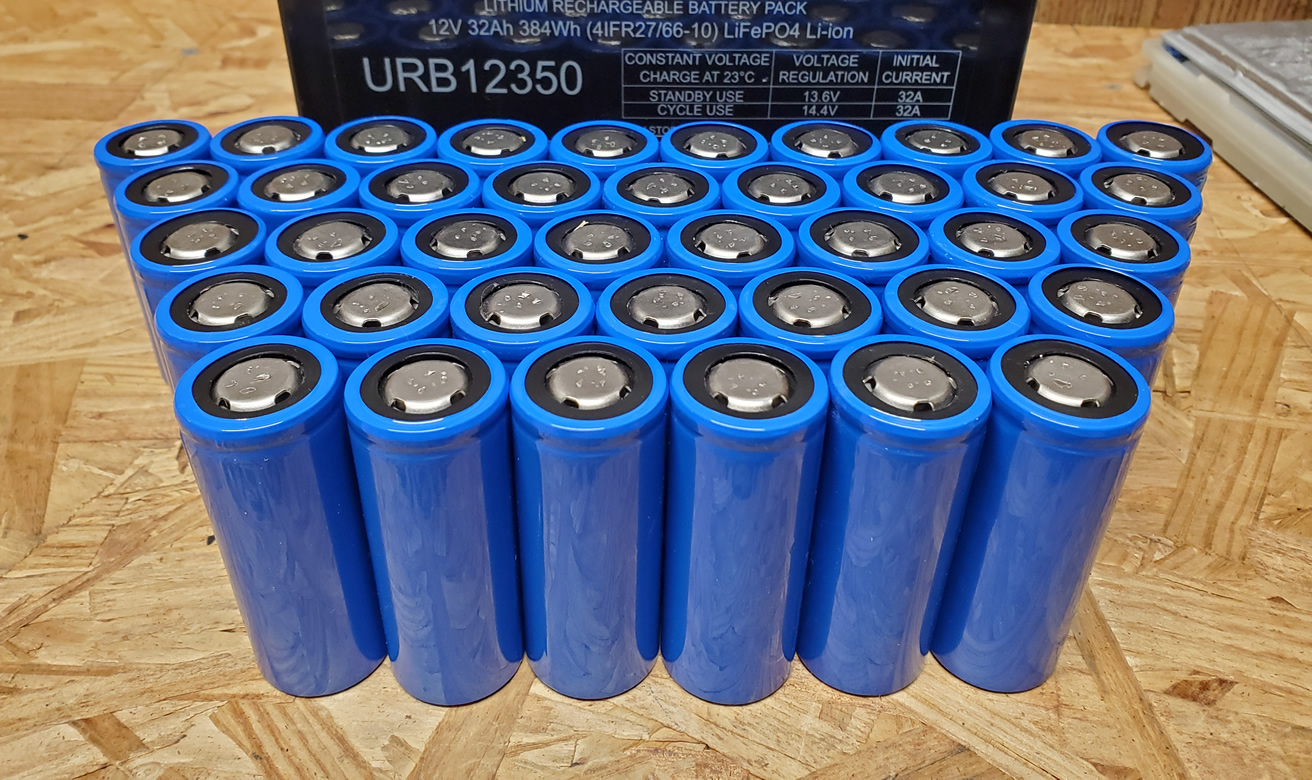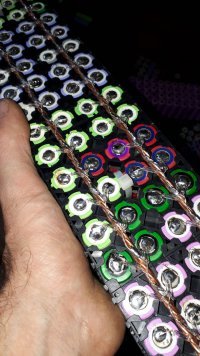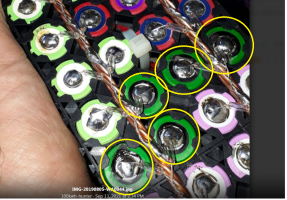100kwh-hunter
Active member
- Joined
- Mar 2, 2019
- Messages
- 1,374
Are there any "snake pits" before i buy the first one i see.
What to look out for?
Nope i am not a fan of you tube, but i would like to hear your thoughts and experiences, please.
That i need one is for sure, soldering is nice but: sooooo time consuming with fuses.
So spot welders? any experience with brand or diy?...or what ever thought?
Thanks in advance, best Igor
What to look out for?
Nope i am not a fan of you tube, but i would like to hear your thoughts and experiences, please.
That i need one is for sure, soldering is nice but: sooooo time consuming with fuses.
So spot welders? any experience with brand or diy?...or what ever thought?
Thanks in advance, best Igor








